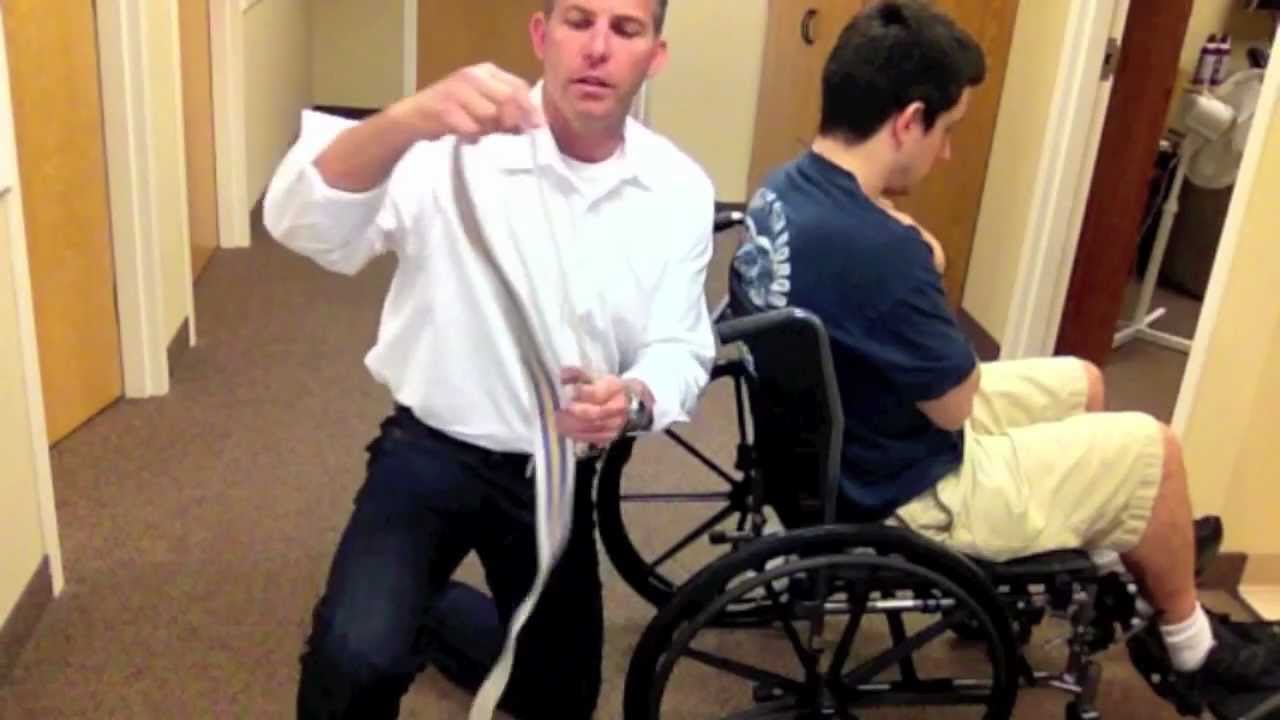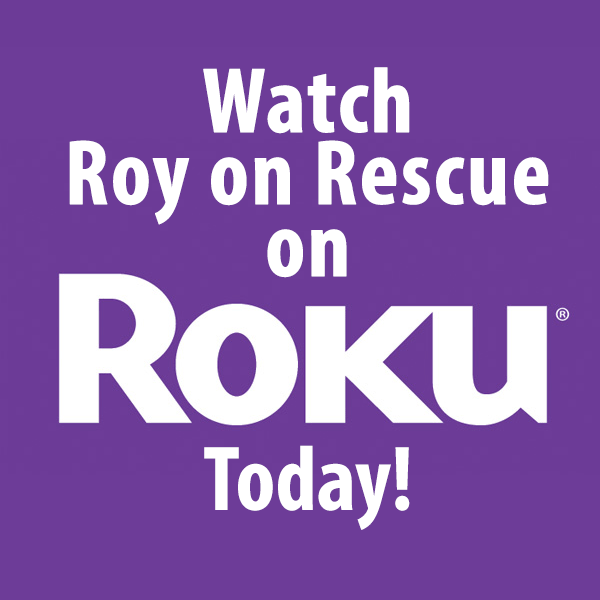In this episode, I take a moment to talk about the recent traumatic death of an EMT who was struck by a vehicle while working with a patient on the scene of an accident. No matter if you’re a professional or a good samaritan, scene safety is the utmost important factor to keep in mind. It’s terrible that this EMT was killed in the line of duty trying to save lives and help people. I hope this RoyOnRescue helps to sharpen everyone’s level of awareness regarding safe scenes and how to rescue without becoming a patient yourself.
Tag Archives: Roy Shaw

Ankles, Impaled Objects and CPR
In this episode of RoyOnRescue, I answer two different emailed questions. The first from Michael who asked: “I was taught you remove the object only if it interferes with CPR.” Great question Mike. As a general rule of EMS, we only remove an impaled object if it’s obstructing the airway and preventing the ability to secure an airway. Removing an impaled object will often times “un-plug: the hole that was created by the injury and may cause excessive internal bleeding that can only be controlled in a surgical environment. As a lay rescuer, the Good Samaritan will follow the directions of the 911 dispatcher. In a worse case scenario, hands only CPR can still be performed. If the object is in the chest, try and work around the object as best as possible and provide what care you can without causing more harm. A second question came in just this afternoon from Sara who asks about an “ankle popping out” and what to do if this were to happen while on vacation. It sounds as though Sara may have a chronic problem with her knee or ankle but because of a recent injury is especially concerned that it could happen while on an exciting vacation this Friday. In both cases I hope that the advice I give helps and a little tidbit about the first aid acronym, RICES could be the solution while on vacation. Watch this episode to learn more about what to do in case either of these situations arise.
Happy Thanksgiving!
Roy, RoyOnRescue

Can I Choke A Patient With A Pulse Check?
In this video, Roy takes a moment to explain a training that he includes in his CPR videos where he checks for a carotid pulse on one side of the patients neck and then the other without moving from one side to the other physically. Some students have asked if this is wrong, as they were taught to NEVER reach over the patients neck while checking a pulse. They were told that they could crush the patients trachea or even choke the patient! For Roy’s answer, you’ll want to watch this video.
Peace,
RoyOnRescue Team

Danger When Lightning Strikes!
In this episode Roy takes a look at the dangers of thunderstorms and lightning). And where there’s thunder, there’s lightning. There was a report of a lightning striking a tree next to a home in Park Township destroyed electrical equipment and appliances in the home and caused minor injuries to a child who suffered mouth burns from her braces. Twenty-four head of cattle were struck and killed by lightning while standing under a tree. Lightning in West plains also caused power outages and one minor fire to a roof. A person talking on a cordless telephone in the living room of her house was slightly injured by a lightning strike. A 29-year old man and a 14-year old child were struck by lightning at a rodeo in Lawrence Township and hospitalized. Two horses were also struck and killed by lightning. A 34-year old little league coach was killed by a lightning strike while on the field. If you’ve ever wondered what the potential danger is regarding lightning strikes you wont want to miss this episode of RoyOnRescue and become more familiar with the dangers of lightning and how to protect yourself and survive.

Neighborhood Heroes Making A Difference
In this RoyOnRescue, we take a look at Stephen St. Bernard, who risked his own life to save another. He caught a young girl after she fell from a third story platform and though he suffered some injuries after the rescue, he saved the little girls life. This is an episode dedicated to the neighborhood heroes that get involved and make a difference. You won’t want to miss the live footage of this heroic event. Thank you Stephen St. Bernard, for being a true hero.
Some have asked, how does catching a falling child compare to catching a weight at that velocity. A physicist has figured it out and states, “If she weighs 50 pounds, the man and ground must push up with an average of 12 times that force, or 600 pounds.”

Email Questions and Answers Part 1
Hello Everyone!
In this episode of RoyOnRescue, Roy takes some time to catch up on different emailed questions and comments that have come in over the last few months. The two different emailed questions that were answered were; “won’t laying a person down while choking only make it worse?” and “I thought we were always suppose to control arterial bleeding before beginning cpr!”. Roy takes his time to discuss these two different topics and explain the reasons why we do what we do in rescue in detail.
Be sure to join Roy in Part 1 of several parts as he works his way through a list of different topics that have been sent in by viewers like you.
Remember, If you’ve got a question or comment that you would like Roy to answer or give a response, please send it via email to: royonrescue@gmail.com. Be sure to follow Roy on twitter at: @royonrescue
Remember, your actions make a bigger difference than you realize and you can change the course of history.
Keep On Rescuing,
The RoyOnRescue Team

Football Helmet Removal During Emergencies
In this episode, Roy answers a question that came in regarding how to remove a football helmet if a person may have a neck injury. Roy explains that only when the person’s life depends on it, should a helmet be removed before professional rescue personnel arrive. If the person’s life depends on a rescuer being able to remove the helmet, then it should be removed following a few guidelines. Be sure to watch this episode of RoyOnRescue to learn when and how a helmet should be removed during an emergency.

What Do I Do If I Find Someone In Anemic Shock?
Hello Everyone,
In this Vlog, Roy replies to an emailed question regarding someone’s friend who apparently has anemic complications. Due to this, she goes into shock, most likely due to the lack of Red Blood Cells which are required to carry oxygenated blood to the body’s tissues. Roy wanted to make sure and reply to this before the weekend. Hope it helps.
Keep On Rescuing,
RoyOnRescue Team
P.S. The following is the explanation of anemia per MedScape Reference(http://emedicine.medscape.com/article/780334-overview)
Anemia is characterized by a reduction in the number of circulating red blood cells (RBCs), the amount of hemoglobin, or the volume of packed red blood cells (hematocrit). Anemia is classified as acute or chronic. Acute anemia denotes a precipitous drop in the RBC population due to hemolysis or acute hemorrhage. In the emergency department (ED), acute hemorrhage is by far the most common etiology. This article also discusses other causes of acute anemia.

They’re Choking And I Can’t Get Them Out Of The Wheelchair!
Maybe you work with patients that are wheelchair bound and may, at times, be too large or have disabilities that limit your ability to get them out of the wheelchair in a hurry. Especially when they begin to choke during meal time. I received a phone call message regarding this very situation and though we had a great discussion about what to do for the patient over the phone, the person I was talking with thought it would be a great idea for it to be made into a video training. So, here you go Maria! I hope it helps.
Best Wishes,
Roy

Tornadoes and How To Survive.
“I don’t Think We’re In Kansas Anymore Toto!” This was a famous line from a very good and classic movie, The Wizard Of Oz. However, many people experience tornados each year and suffer great loss and damage as a result. In this video blog post, Roy Shaw, EMT-paramedic and host of RoyOnRescue will share video clips of real tornados caught on video and some ideas on how to protect yourself your loved ones and others during the watch and warning phases of a devastating storm like a tornado. It’s spring and it’s tornado season. You won’t want to miss this episode.
Here’s a link from OSHA about how to prepare your workplace for a tornado. Tornado Safety Link

